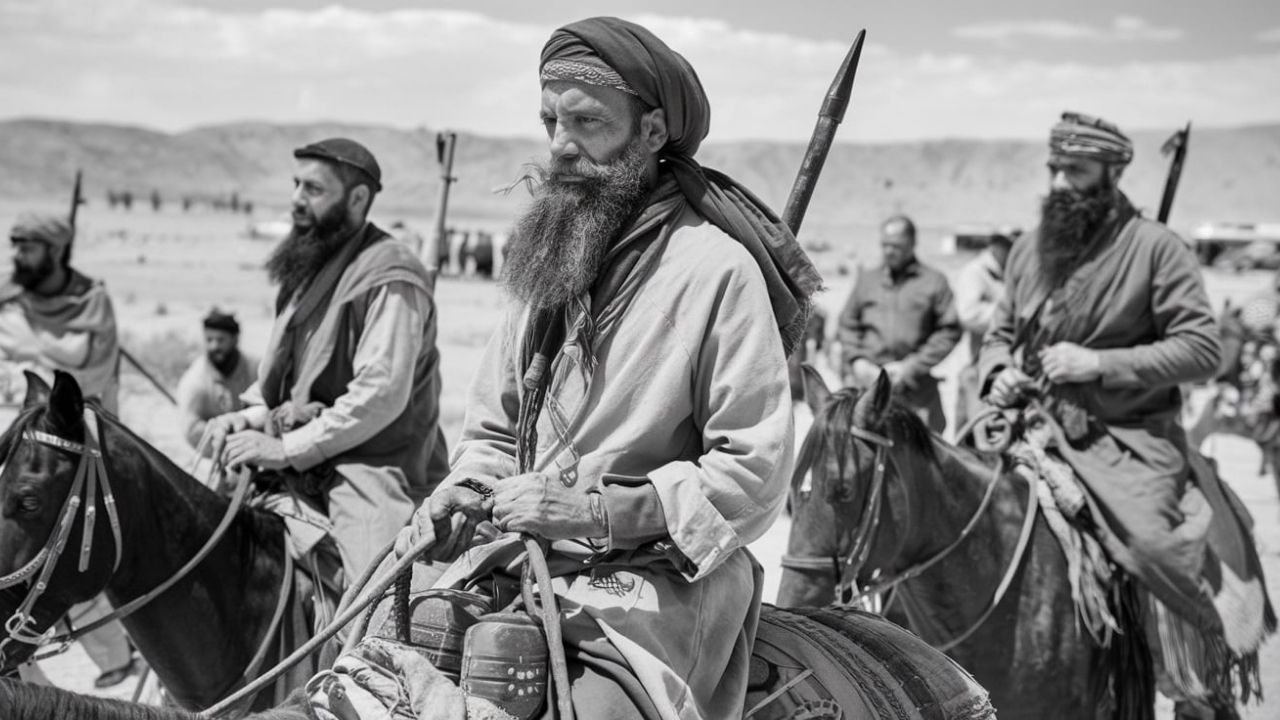
What was the Turkoman Rebellion in Eastern Iran? The Turkoman Rebellion in Eastern Iran was a significant uprising that took place in the late 19th century. This revolt was primarily driven by the Turkoman tribes, who were resisting the centralization efforts of the Qajar dynasty. The Qajar rulers aimed to consolidate their power and control over the region, which led to tensions with the Turkoman people. These tribes, known for their fierce independence and warrior culture, opposed the imposition of taxes and military conscription. The rebellion highlighted the struggle between traditional tribal autonomy and the expanding influence of a centralized state. Understanding this conflict provides insight into the complexities of Iranian history and the enduring spirit of resistance among the Turkoman people.
Key Takeaways:
- The Turkoman Rebellion in Eastern Iran was a 19th-century conflict between Turkmen tribes and the Qajar dynasty, impacting governance, trade, and cultural autonomy.
- The rebellion showcased the Turkmen's resistance to central authority, their rich cultural heritage, and the lasting impact on the region's social dynamics.
Background of the Turkoman Rebellion
The Turkoman Rebellion in Eastern Iran was a significant event in the late 19th century. It involved the Turkmen tribes and the Qajar dynasty. This conflict had deep roots in political, social, and economic issues.
- The rebellion took place in the late 19th century, primarily between 1880 and 1884.
- Turkmen tribes were semi-nomadic people living in the region of Khorasan.
- The Qajar dynasty ruled Iran during this period, facing multiple internal and external challenges.
- The rebellion was partly fueled by the Turkmen's resistance to central authority and taxation.
- The Turkmen were known for their horse-riding skills and guerrilla warfare tactics.
Key Figures in the Rebellion
Several key figures played crucial roles in the Turkoman Rebellion. Their actions and decisions significantly impacted the course of the conflict.
- A prominent leader of the Turkmen was Tekke Khan, who united various tribes.
- Nasir al-Din Shah Qajar was the ruling monarch of Iran during the rebellion.
- Abbas Mirza, a Qajar prince, led military campaigns against the Turkmen.
- Russian influence in the region complicated the conflict, as they had interests in Central Asia.
- British diplomats also monitored the situation, concerned about their interests in India.
Major Battles and Events
The rebellion saw several significant battles and events that shaped its outcome. These encounters were marked by fierce fighting and strategic maneuvers.
- The Battle of Geok Tepe in 1881 was a decisive conflict where the Turkmen faced a major defeat.
- The Qajar forces used modern artillery and rifles, giving them an advantage over the Turkmen.
- The siege of Ashgabat was another critical event, leading to the fall of a key Turkmen stronghold.
- The Turkmen employed hit-and-run tactics, making it difficult for the Qajar forces to secure a decisive victory.
- The harsh terrain of Eastern Iran played a significant role in the conflict, impacting both sides' strategies.
Impact on the Region
The Turkoman Rebellion had lasting effects on Eastern Iran and the surrounding areas. These impacts were felt in various aspects of life and governance.
- The rebellion weakened the Qajar dynasty's control over the region, exposing their vulnerabilities.
- It led to increased Russian influence in the area, as they sought to expand their territory.
- The conflict disrupted trade routes, affecting the local economy and livelihoods.
- The rebellion highlighted the need for modernization in the Qajar military and administration.
- It also fostered a sense of unity among the Turkmen tribes, despite their eventual defeat.
Cultural and Social Aspects
The rebellion was not just a military conflict; it also had cultural and social dimensions. These aspects provide a deeper understanding of the Turkmen and their way of life.
- The Turkmen were known for their rich cultural heritage, including traditional music, dance, and crafts.
- Their society was organized into clans, each led by a chieftain with significant autonomy.
- The rebellion was partly a response to the Qajar attempts to impose Persian culture and language on the Turkmen.
- The Turkmen valued their independence and resisted any form of centralized control.
- The conflict left a lasting legacy in the region, influencing future generations' perceptions of authority and resistance.
Final Thoughts on the Turkoman Rebellion
The Turkoman Rebellion in Eastern Iran was a significant event that shaped the region's history. This uprising, driven by socio-political tensions, highlighted the struggles between the Turkoman tribes and the central Iranian authority. The rebellion's impact was profound, leading to changes in governance and military strategies. Understanding these historical events helps us appreciate the complexities of regional dynamics and the resilience of the Turkoman people. History isn't just about dates and events; it's about the stories of those who lived through them. The Turkoman Rebellion serves as a reminder of the enduring spirit of communities fighting for their rights and identity. As we reflect on these facts, we gain a deeper appreciation for the rich tapestry of human history and the lessons it offers for the present and future.
Frequently Asked Questions
Was this page helpful?
Our commitment to delivering trustworthy and engaging content is at the heart of what we do. Each fact on our site is contributed by real users like you, bringing a wealth of diverse insights and information. To ensure the highest standards of accuracy and reliability, our dedicated editors meticulously review each submission. This process guarantees that the facts we share are not only fascinating but also credible. Trust in our commitment to quality and authenticity as you explore and learn with us.
